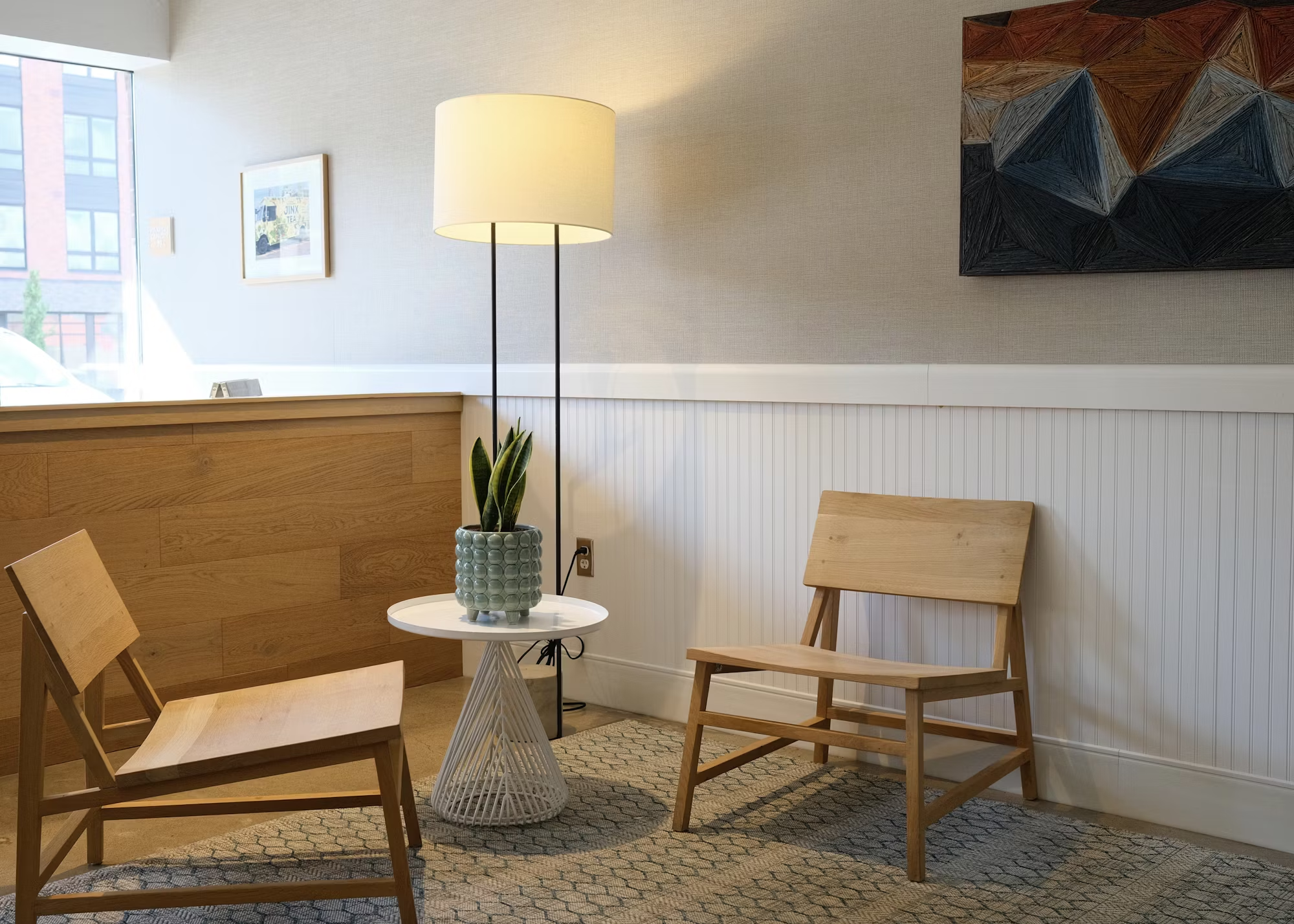Living in small spaces presents unique challenges, but it also opens the door to creative solutions that can enhance both functionality and style. As urban living becomes more common and the demand for efficient use of space grows, understanding how to design small interiors effectively is more important than ever. This article delves into key strategies and design principles that can transform compact areas into beautiful, functional homes.
Understanding the Small Space Challenge
Small spaces often require thoughtful planning and innovative design. Whether it’s a cozy studio apartment, a tiny house, or a small bedroom, maximizing every square inch is essential. The first step is to assess the space and identify its potential. Understanding how you live, what activities you engage in, and what furnishings are essential can guide your design decisions.
Choose Multi-Functional Furniture
One of the best strategies for small space living is selecting multi-functional furniture. These versatile pieces can serve multiple purposes, saving space and enhancing functionality. Here are some ideas:
1. Sofa Beds: Perfect for accommodating guests without sacrificing space, a stylish sofa bed can be both a comfortable seating area and a sleeping solution.
2. Storage Ottomans: These not only provide a place to rest your feet but also offer hidden storage for blankets, books, or games, keeping your space clutter-free.
3. Wall-Mounted Desks: Ideal for small workspaces, wall-mounted desks can be folded away when not in use, freeing up valuable floor space.
4. Expandable Dining Tables: Look for tables that can extend to accommodate more people when needed but can be compact for everyday use.
5. Murphy Beds: A classic solution for small bedrooms, Murphy beds can be tucked away during the day, allowing for more living space.
Utilize Vertical Space
In small spaces, thinking vertically can make a significant difference. Here are ways to take advantage of height:
– Tall Bookshelves: Opt for tall bookshelves that reach the ceiling. This not only provides ample storage for books and decor but also draws the eye upward, making the room feel larger.
– Wall Art: Hang art and mirrors high on the walls to create the illusion of height. Mirrors can also reflect light, brightening the space.
– Overhead Storage: Consider installing cabinets or shelves above counters or workspaces. This keeps items organized and out of the way while maximizing storage.
Embrace Open Layouts
An open layout can make small spaces feel larger and more inviting. When possible, eliminate unnecessary walls or barriers. Here’s how:
– Define Areas with Rugs: Use area rugs to delineate different functional zones within an open layout. This can create distinct spaces for dining, living, or working while maintaining an overall flow.
– Use Furniture to Create Zones: Arrange furniture to naturally separate areas. For instance, a sofa can act as a divider between the living room and dining area.
– Avoid Heavy Curtains: Instead of heavy drapes, consider sheer or lightweight curtains that allow natural light to filter through while maintaining privacy.
Color and Light Considerations
Color and light play crucial roles in the perception of space. To make small areas feel more open and airy, consider the following tips:
– Light Colors: Use light, neutral colors for walls and furnishings. Whites, creams, and soft pastels can help reflect light and create a sense of spaciousness.
– Accent Walls: If you want to introduce bolder colors, consider an accent wall. This adds depth without overwhelming the space.
– Layered Lighting: Incorporate multiple light sources to brighten the space. Use a combination of ambient, task, and accent lighting to create a warm and inviting atmosphere.
– Natural Light: Maximize natural light by keeping windows unobstructed. Avoid heavy window treatments and keep surfaces reflective to enhance brightness.
Personalize with Style
While functionality is key in small spaces, personal style should not be overlooked. Here are some ways to add character without cluttering:
– Curated Decor: Choose a few meaningful decor pieces that reflect your personality. Avoid overcrowding surfaces with too many items.
– Creative Storage Solutions: Use decorative baskets or stylish boxes for storage that doubles as decor. This keeps items organized while adding visual interest.
– Indoor Plants: Introduce greenery to your space with indoor plants. They not only enhance aesthetics but also improve air quality and create a calming atmosphere.
– Artistic Touches: Incorporate art that speaks to you, whether it’s prints, paintings, or sculptures. A single large piece can make a bold statement without overwhelming the space.
Smart Organization Techniques
Effective organization is essential in small spaces. Consider these strategies to keep everything in its place:
– Declutter Regularly: Make it a habit to declutter frequently. Keep only what you truly need or love, which helps maintain a tidy space.
– Use Clear Storage Bins: For items stored out of sight, clear bins allow you to see what you have without digging through boxes. Labeling bins can also streamline the process.
– Pegboards and Hooks: Utilize pegboards or wall hooks in kitchens or entryways to hang frequently used items. This keeps surfaces clear while providing easy access.
– Drawer Organizers: Invest in organizers for drawers to keep smaller items neatly sorted. This prevents chaos and makes finding things easier.
Conclusion
Living in a small space doesn’t mean sacrificing style or comfort. By incorporating multi-functional furniture, maximizing vertical space, and embracing open layouts, you can create a home that is both functional and aesthetically pleasing. Thoughtful color choices, effective organization, and personal touches will help transform your compact living area into a beautiful sanctuary that reflects your unique personality. With these strategies, small spaces can truly become big on style and functionality.



